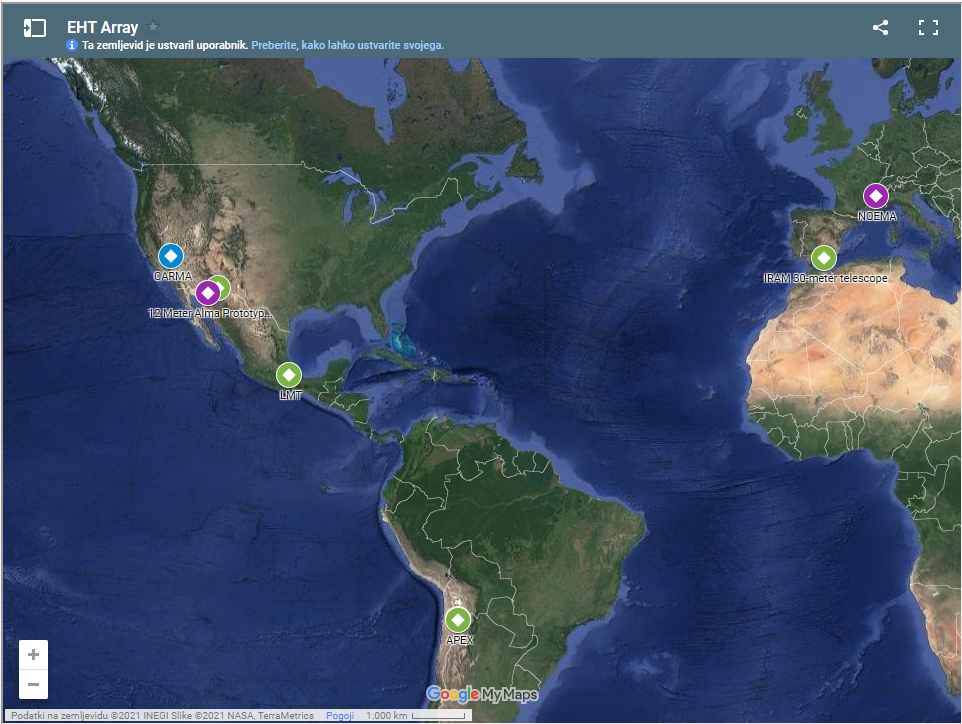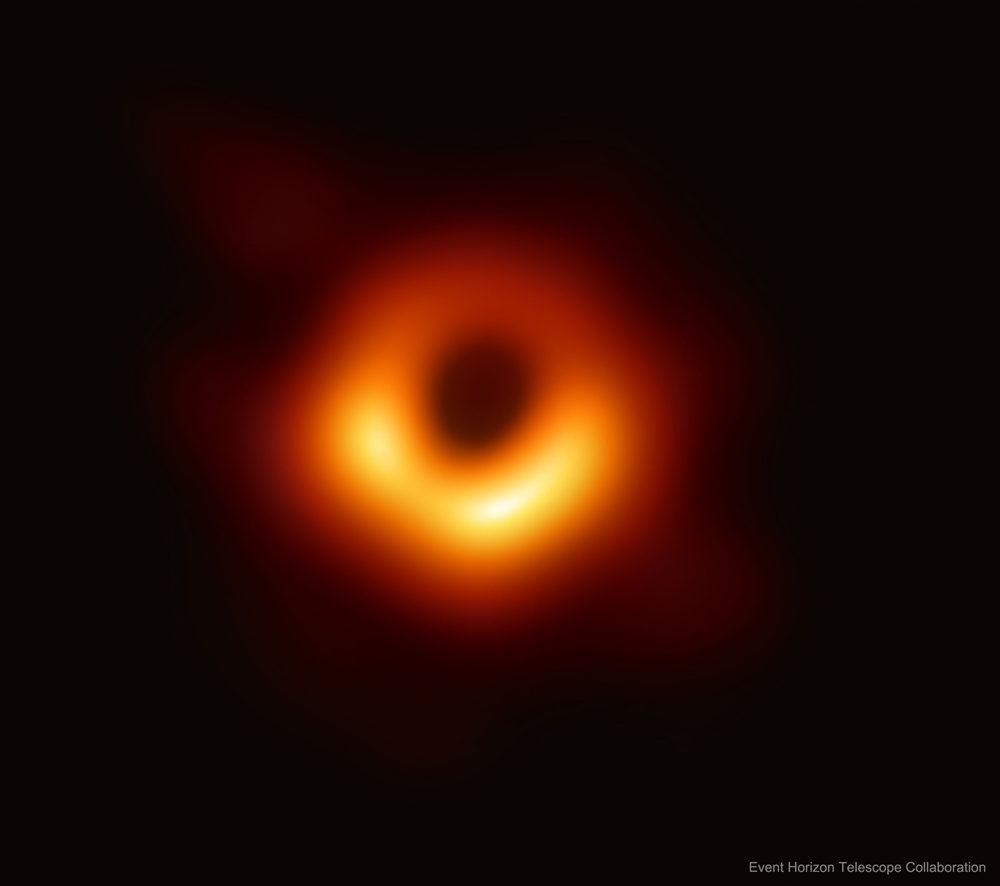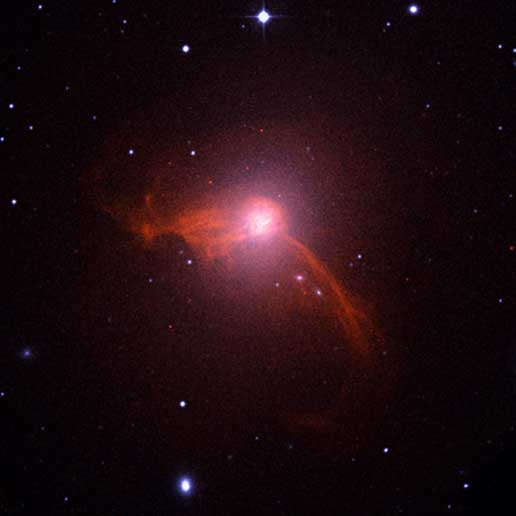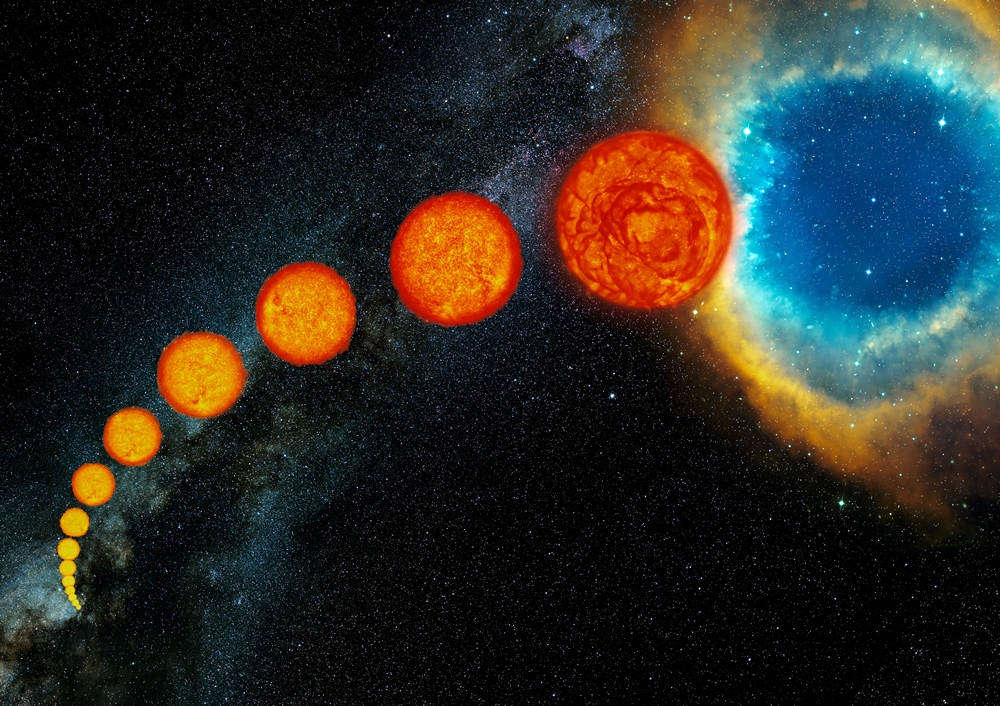Introduction
“A long time ago in a galaxy far, far away…” Actually, it was not that long ago, it was in 2017. It was also not a galaxy, but a black hole that we got the first image of. Earlier, humans could only detect vague proof that black holes even existed, and it was believed that there was only a slim chance we could ever photograph it.
However, a crew gathered around to take on the challenge, forming a network of telescopes, also known as the Event Horizon Telescope, or the EHT. By utilizing the telescope that resembles the size of a planet, those clever minds have caught this space peculiarity on camera, for the first time ever.

The Black Hole
NASA defines the black hole as a “place in space where gravity pulls so much that even light can not get out. The gravity is so strong because matter has been squeezed into a tiny space. This can happen when a star is dying.” Due to the fact that no light can escape, we cannot see them, let alone take a picture of them. They are basically invisible.
No light can escape it, so if we pressed the snap button, the image would come out pitch black. However, the Event Horizon Telescope managed to do it correctly by using a technique called the Very Long Baseline Interferometry, or VLBI.

Telescopes and the Black Hole
To observe far-away targets, all kinds of telescopes can be used. However, the larger the diameter, the better the telescope’s capacity to gather light, and the more focused the image. So, in order to observe details on targets that are extremely tiny and dim, as much light as possible needs to be gathered. This means that a telescope with a big aperture needs to be used.
For this reason, the VLBI technique was crucial in this scientific breakthrough. This technique created an arrangement of smaller synchronized telescopes with the intention of simultaneously focusing them on the same target. Such a large telescope must be every astronomer’s dream, right? And by using the Event Horizon Telescope, scientists were able to observe the center of the galaxy M87.

Conclusion
Did you know that black holes actually slow down time? They remain a great mystery, but we are one step closer to finding out more about them. This accomplishment surely rocked everybody’s world, perhaps even everybody’s universe, as it was thought to be impossible, but we did it – we captured an image of a black hole’s silhouette.






